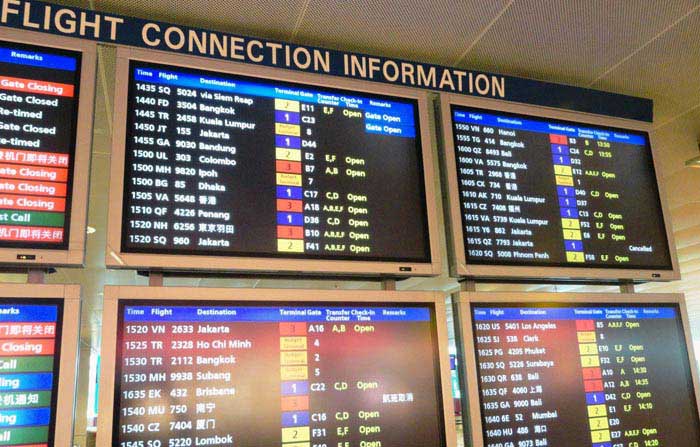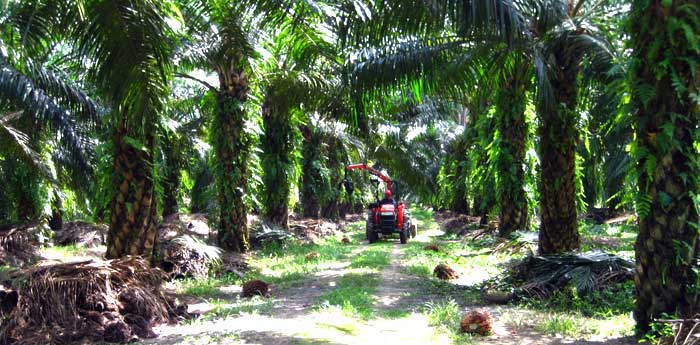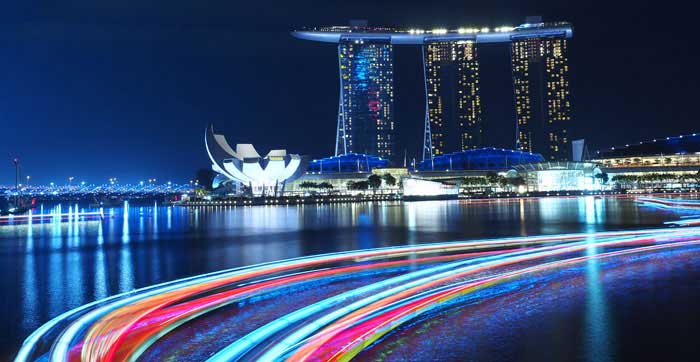During the 1990s, Asian Tigers comprising high powered economic growth for Thailand, Singapore and Taiwan dominated the headlines. Airports together with national carriers were fast developing as well for rapid expansion of freighter fleets. China's rise put the Asian tigers growth pale in comparison. Cargo volumes at Changi Airport fell 3.2%, with overall growth for the 1st 7 months of 2013 rising a mere 1.3% in tonnage. Singapore will be parking a B747 freighter in June. Mr. Kelvin Wong, director of logistics for EDB sees static volumes for airfreight as success indicators. This is due to Singapore moving up the value chain for logistics, with products becoming smaller in size. Singapore used to export bulk boxes of printers and computers. Now it is transporting cutting edge medical devices, aerospace components and microelectronics. Businesses are always looking for ways to be more efficient and lower costs. A shift to sea freight is taking place as well. Hence flying is regarded as 2nd choice in terms of cost savings. A solid volume base is a sign of still healthy sector.
Air cargo enterprises are thriving in Singapore, due to its strategic hub location and World Bank has consistently ranked Singapore as top 2 best places for logistics. Singapore is a popular destination for being foreign companies' Asia hub. For instance, Texas Instruments just partnered DHL and Swisslog to launch Autostore, a high end automated logistics system.
Dyson, a UK based electrical goods maker famous for its vacuum and fan, has been churning products form Singapore since 2004 and will continue to invest in a new manufacturing facility. Medtronic, a pacemaker company for human heart is also launching a worldwide centre of excellence, adding base to its Asia Pacific HQ.
Rolls Royce launched its Trent engine for Boeing Dreamliner, a first in Asia. Cargo for air gets bigger at the same time. Logistics is in Singapore's DNA and a pillar of support for Singapore's economy. Sound economic planning ensures simultaneous development in its air, sea and custom clearing development with minimal friction. Singapore's seaport is known to be the largest transshipment hub. Strong custom agreements with global economies put cargo clearing in Singapore within minutes. All a freight operator needs is one portal to satisfy all regulations.
Many logistics players are expanding their footprint in Singapore. Panasonic recently transferred its whole purchase and logistics department from Japan Osaka to the island state. Infineon will partner as its exclusive supply chain manager. About 10% of world silicon wafers output and 40% of hard disk devices originated from Singapore. Established forwarders like SDV are rapidly expanding, with the latest opening of a 42,000 square meters huge warehouse aiming for servicing the luxury segment, health care, oil & gas and aerospace. DB Schenker, another heavyweight will also launch as even bigger 54,500 square meters logistics centre targeted at the electronics, automotive and healthcare segment, estimated to begin operations by Q2 2014. Singapore will emerge as the control tower for supply chain management based in Asia. Singapore has all the perks and infrastructure to make a supply chain more responsive due to expertise honed by its skilled industry veterans.
Many raised doubts about the space for new development as Singapore is already saturated and crowded. Wong has no qualms about the issue as EDB is always proactive in factoring all concerns into their master planning and resourcing plans. Changi Airport will be seeing new 4th and 5th terminal being built and fully operational by 2020 and expanding current runway no.3 into one full length 4000m commercial ones. The expansion plans will see passenger capacity doubling, and space extension for higher air cargo volume. It will be a win win solution for air freight operators wanting more space and airside facilities.
FedEx has just launched in prior years.
EDB has provided full support for its e-freight at Singapore project, which is a project involving government running a centralized database for forwarders and carriers to exchange trade information. 17 companies had shown full commitment to this initiative and 37 more have shown huge interest. All participants are committed to IATA goal for attaining 80% routes covered by e-freight by 2016. Singapore has shown tremendous potential as a favorite airfreight hub due to India and China. ASEAN, with its 600 million strong population has as big an economic region compared to Shanghai, Beijing, and Guangzhou. It has the same scale as South America.
ASEAN plans to have a unified economic integration by 2015 and this will double trade flows with 25% occurring within Asia. Markets in Asia are key to many companies. ASEAN will be as important economic bloc as China.




